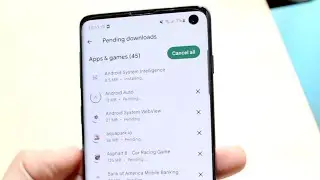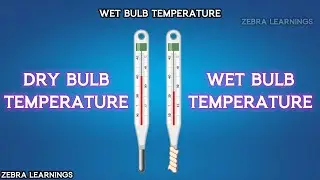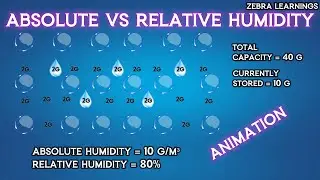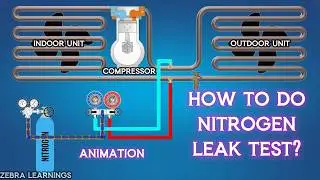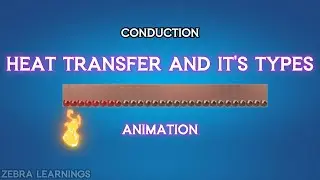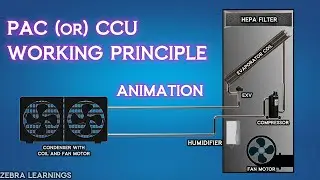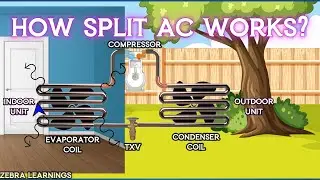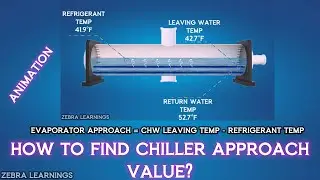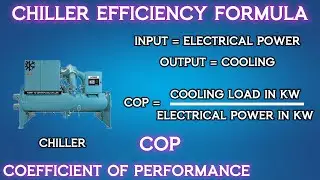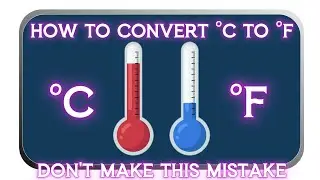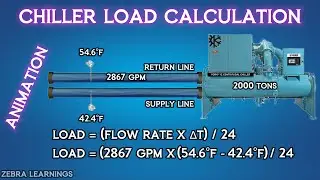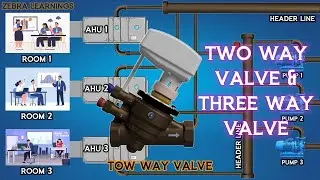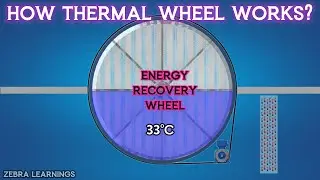How to check Capacitor with Multimeter | Animation | HVAC | Electrical
To check a capacitor using a multimeter, follow these steps:
Please note: Before testing, make sure the capacitor is fully discharged to avoid any electrical shock.
Step 1: Set the multimeter
Turn on your multimeter and set it to the capacitance measurement mode. The symbol for capacitance may look like "F" or "μF" on the dial.
Step 2: Discharge the capacitor
For safety reasons, discharge the capacitor. To do this, take a wire with alligator clips and connect one end to the positive terminal of the capacitor and the other end to the negative terminal. This will discharge any stored voltage.
Step 3: Identify the terminals
Identify the terminals of the capacitor. Capacitors typically have two leads or terminals. One lead is positive, and the other is negative.
Step 4: Connect the multimeter
Take the multimeter probes and connect the red probe to the positive terminal of the capacitor and the black probe to the negative terminal.
Step 5: Read the capacitance
After the probes are properly connected, the multimeter should display the capacitance value on its screen. If the capacitor is in good condition, the reading should be close to its labeled capacitance value.
Interpreting the results:
If the multimeter reading is close to the labeled value or within an acceptable range (usually within a few percent), the capacitor is likely in good condition.
If the multimeter reading shows a value close to zero or significantly lower than the labeled capacitance, the capacitor is most likely faulty or degraded and needs replacement.
If the multimeter shows an infinite reading (overload), the capacitor is likely open-circuited and faulty.
Important Note: Some multimeters may not have a capacitance measurement function. In that case, you can only perform a basic test using the resistance measurement mode. However, this will not give you the actual capacitance value but may help identify if the capacitor is shorted or open.
Remember that capacitors can hold a charge even after discharging, especially if they are large or have a high capacitance value. Always exercise caution while handling capacitors and discharge them properly before testing. If you're uncertain about the capacitor's condition or testing procedure, it's best to seek help from a qualified technician.
Subscribe to Our Channel!
Thank You!
![Lida, Серега Пират - ЧСВ [СНИППЕТ 30.01.24]](https://pics.providosiki.ru/watch/zulRZEwgcvk)
